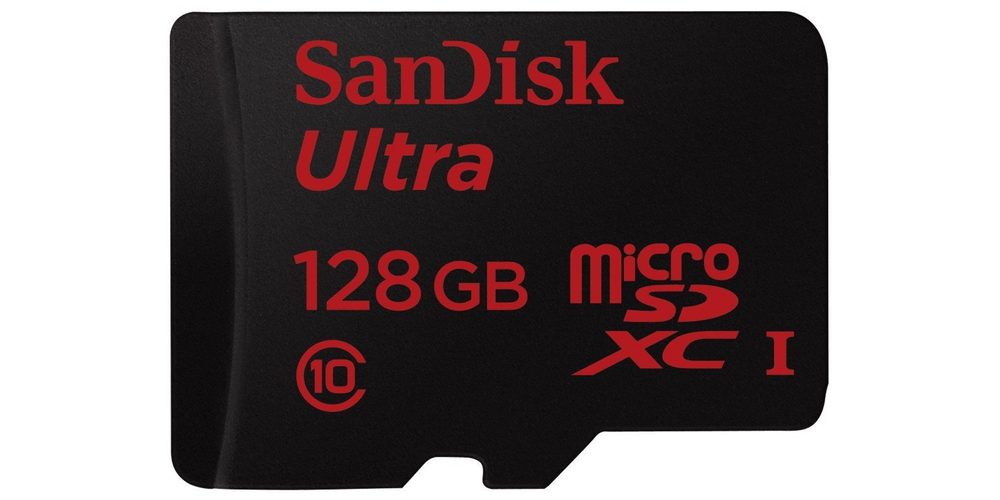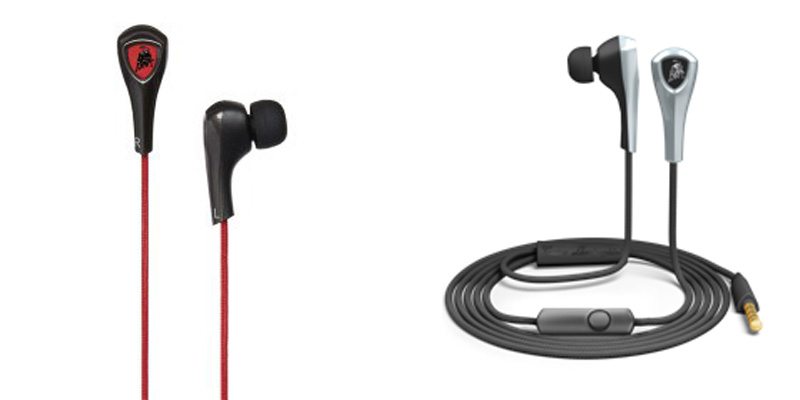How many geeky dads and geeky moms want to play their favorite game when they are on the go, instead of waiting to get back to their home PC? But you need a hefty machine that can deal with running games that can be very demanding on your CPU and GPU. This is at least one good reason I wanted to check out the relatively new MSI GT783 portable gaming laptop for GeekDad.
I decided to have the MSI GT783 run the gauntlet Game of Thrones–style, to see how this gaming machine would perform playing Minecraft on an MP server with a fairly complex world environment. I installed 64-bit IE9 (the O/S is 64-bit Windows 7) and 64-bit Java, (recommended anyway by Mojang to handle the “Far” setting on the render distance) We’ll start by looking at the technical specs of the unit and then make our way through the hardware features plus check out my impressions of its performance.
We’ll do the general rundown first on the specs of the machine out of the box. The MSI comes armed in a black brushed aluminum case, weighing 3.9 kg (8.6 lbs) and measuring 2.3 inches at its thickest point. Not exactly the ultra-portable gaming machine. The bulk of this laptop may turn off some gamers with it’s heaviness and thickness. The GT783 is fortified with an Intel Core i7-2670QM central processing unit clocked at 2.2GHz (the frequency goes up to 3.1GHz with Turbo Boost 2.0). The anti-reflective widescreen display measures 17.3 inches diagonally with a native resolution of 1920-by-1080 pixels and a 16:9 aspect ratio. When playing games such as Minecraft or Eve Online, repeated tasks such as assembling and building components or wrestling with fitting modules to ship loadouts can be demanding on the eyes. I found that the 17.3-inch display with its matte coating minimized glare, and in so doing, caused less strain on my eyes during prolonged periods of gameplay.
MSI’s new laptop is based on the Intel HM67 chipset, using an NVIDIA GeForce GTX 580M GPU with 2GB of dedicated DDR5 VRAM (the fastest notebook graphics card that fully supports DirectX 11 and OpenGL 4.0). Also onboard are 16 GB of internal DDR3 memory, a 128GB SSD and a 750GB HDD that rotates at 7200RPM. On the left side of the MSI GT783 chassis are two USB 3.0 ports, a 7-in-1 card reader, a USB 2.0 port, and four audio jacks (headphone, microphone, and S/PDIF outputs). On the right side are two USB 2.0 ports and a tray loading Blu-ray burner. On the back you find HDMI and VGA outputs, a Gigabit LAN jack, an eSATA port, and the power jack. It comes with 64-bit Windows 7 Home Premium and a 9-cell Lithium-ion battery. Additional features include a THX TruStudio Pro audio and Dynaudio premium speakers (embedded subwoofer is located on the bottom of the unit).
My road test, as you can see from the screenshots, had consisted of playing Minecraft on the highest performance and video settings that would stretch the capacities of the CPU and graphics card: Graphics (Fast), Render distance: Far; Performance: Max FPS; Particles: All; FOV: Quake Pro, you get the idea. I don’t play nearly as much Minecraft as I’d like, but when I do, I enjoy testing out new multiplayer worlds to see what new structures and fantastic environments await me. Richard Carroll is a multi-talented designer at Guild Launch who has built such a serendipitous world. He invited me to join his Minecraft server and check out what they were up to. And check out I did. Although, I don’t have building rights yet, I roamed the forests, desert, rocky hillsides and caverns of Richard’s Minecraft server. Graphics performance was outstanding in playing Minecraft with demanding performance and video settings. Rendering of the details of the world environment was crisp and rich color variance. Even though the render distance was set to the farthest setting, the details on the view horizon cascaded on the screen quickly and without hiccups.
The SteelSeries keyboard has five keyboard backlighting modes: Normal, Gaming, Wave, Breathing, and Dual Color. You can use these with variable section lighting, and seven colors to tweak out over “1,000 variations in visual effects,” what I found a little overkill. The brilliantly lit keys do give you effortless WASD navigation for your favorite games, especially in the pitch-black man cave! The keys are extremely responsive to touch, handy if you are playing games that require lightning fast keystroke responses. In Gaming Mode, the W, A,S, D and Ctrl keys on the left side of the keyboard become backlit and the rest of the keyboard stays dark.
There is a row of touch-sensitive buttons at the top of the keyboard. On the left is a button labeled P1, which activates the Turbo Drive Engine feature. The TDE key only works when the system is on AC, not battery power. The Cooler Boost key next to that increases cooling fan speed for high intensity gaming and for when the turbo drive is on. When I tested it, the noise level of the fans rose exponentially. The Cinema Pro button changes the display to a darker “movie mode” and enhances audio playback. Right of that is a button that enables/disables lighting effects. Wi-Fi, Bluetooth buttons and a Boss key (that darkens the display) are on the right side of the power switch plus an optical drive eject button.
Curiously, the Windows function key has been relocated by the manufacturer, a change which was made in response to feedback from the gamer community. It’s been relocated to the right side to lower the possibility of accidentally hitting it when you’re in the middle of a compromising gaming situation. The Ctrl and Alt keys have been made larger. This reduces the chances of hitting other keys around the Ctrl and Alt keys in the heat of battle. Eve Online players would find this useful as assigning controls (and key map) functions such as basic navigation, activating drones, activating modules and various in-station activities.
The sound system produces good audio output with a mix of Dynaudio processing, THX surround technology, and a powerful speaker system with an additional subwoofer. The THX TruStudio Pro utility includes settings you can tweak for surround sound as well as music, movie and dialog enhancers. The subwoofer adds just enough bass and the speakers delivered consistently loud and clear sound, really an emotional crux to MMO and MMORPG games.
Wired
- Excellent graphics performance and audio quality
- Excellent battery life (up to 3.5 hours)
- Very solid chassis and overall construction
- Brilliant FHD (Full High Definition) display
- Stays cool under intense gaming scenarios
Tired
- Somewhat heavy for portability options at 3.9 kg (8.6 lbs)
- Overpriced with best features and hardware
- When pushed to performance limits, fans become extremely noisy
- Laptop finish collects dust and grime very easily
The MSI GT783 is priced from $2,500 up according to the retail outlet.
GeekDad received a review unit for evaluation and testing purposes.







